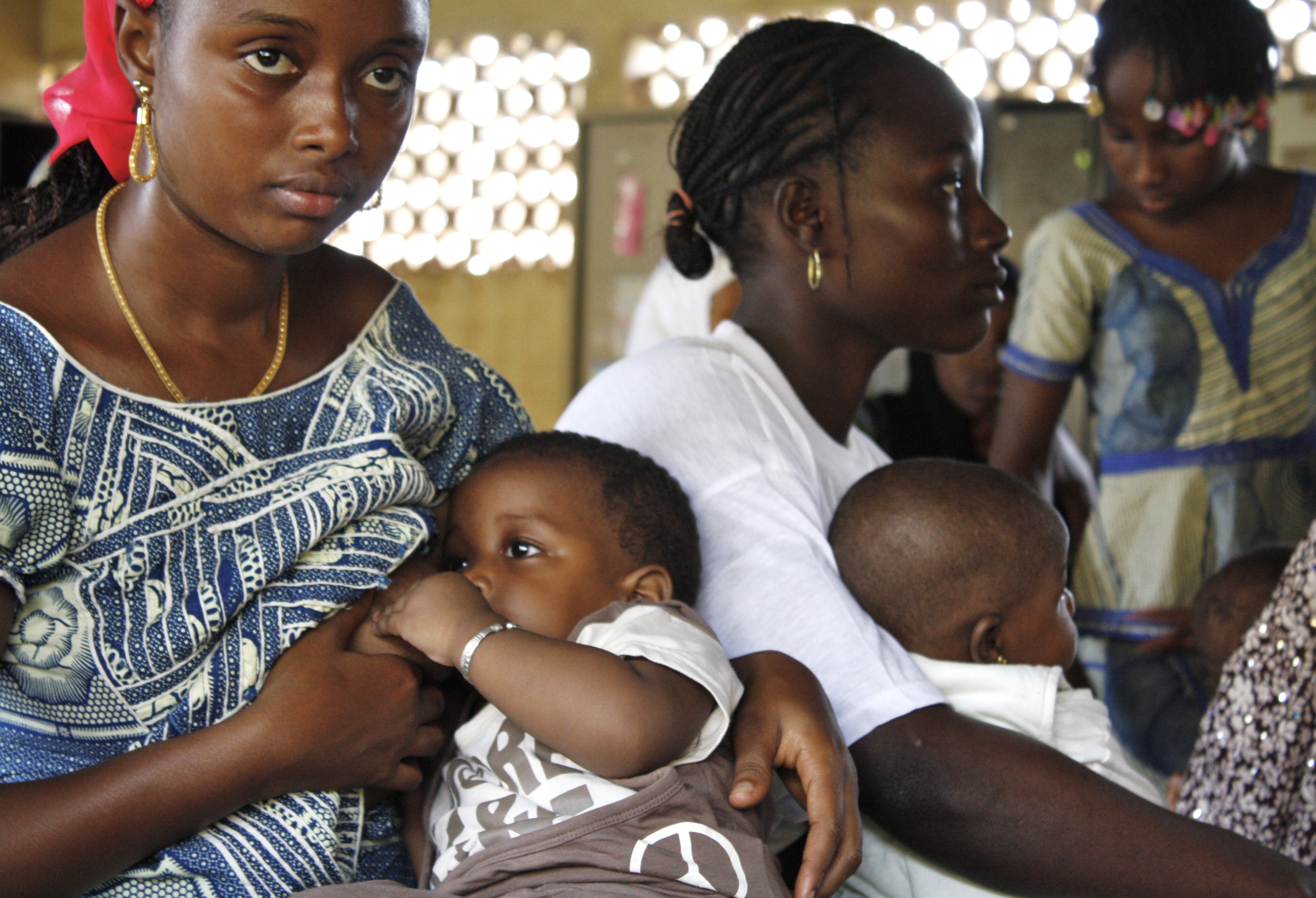This was the message UNAIDS officials drove home with the release of the agency’s newest figures, in the 2012 World AIDS Day Report. The report notes that at the end of 2011, around 34 million people were living with HIV around the world. In 2011, 1.7 million people died from AIDS-related illnesses - a 24 percent decline in AIDS-related mortality compared with 2005.
“The pace of progress is quickening - what used to take a decade is now being achieved in 24 months,” said Michel Sidibé, executive director of UNAIDS. “We are scaling-up faster and smarter than ever before. It is proof that with political will and follow through we can reach our shared goals by 2015.”
A mixed bag
UNAIDS says that half the global reductions in new HIV infections in the last two years have been among newborn children. “It is becoming evident that achieving zero new HIV infections in children is possible,” said Sidibé at the launch of the report. “I am excited that far fewer babies are being born with HIV. We are moving from despair to hope.”
But while the incidence of HIV infections continues to fall globally, the report expressed concerns about HIV trends in the Middle East and North Africa, where the number of people newly infected has increased by more than 35 percent.
Evidence indicates that the incidence of HIV infection in Eastern Europe and Central Asia began increasing in the late 2000s after having remained relatively stable for several years," it added.
In sub-Saharan Africa - still the most heavily affected area, new HIV infections have dropped by 25 percent in the past eight years.
Southern Africa, in particular, has recorded dramatic reductions since 2001; the rate of new HIV infections fell by 73 percent in Malawi, 68 percent in Namibia and 41 percent in South Africa.
"It’s a combination of two things: the number of people initiated on treatment (we've seen recent scientific evidence that people on treatment are able to lower their viral loads and reduce the risk of transmission) and, secondly, there has been progress in prevention, particularly among young people," Mbulawa Mugabe, deputy director of UNAIDS Regional Support Team for Eastern and Southern Africa, told IRIN/PlusNews.
Room for improvement
There remains much room for improvement. According to the report, recent data from surveys in Benin, Burkina Faso, Côte d’Ivoire and Uganda indicate declines in condom use. And the United Nations Population Fund (UNFPA) estimates that only nine donor-provided male condoms were available for every man in sub-Saharan Africa last year, and only one female condom was available for every 10 women.
Progress on male circumcision has also been slow in east and southern Africa. In six countries - Malawi, Mozambique, Namibia, Rwanda, Uganda and Zimbabwe - less than 5 percent of the targeted number of men had been circumcised by the end of 2011.
In addition, the report found that prevention among men who have sex with men (MSM) remained "inadequate", with fewer than 1 in 3 men being tested in the past 12 months in South and South-East Asia and Western and Central Europe, areas where MSM play a significant role in country epidemics. Stigma against MSM often discourages them from seeking treatment or prevention services.
By the end of 2011, 8 million people in low- and middle-income countries were receiving antiretroviral treatment - a 20-fold increase since 2005. But 6.8 million people - nearly half of those eligible - still did not have access to the drugs. "Half will die within 24 months if they don’t start antiretroviral therapy," UNAIDS warned.
“Must move faster”
Despite considerable increases in domestic funding, countries continue to rely on external development assistance for their HIV response. International funding accounted for more than half of spending in 59 countries and contributed more than 75 percent of spending in 43 of the 102 low- and middle-income countries.
"Recent progress on HIV treatment and prevention is terrific news, but if we're serious about ending AIDS we must move faster. If ending AIDS were a marathon, we'd already be behind pace at the first mile marker. In 2013, we must aggressively expand HIV prevention to stay on track to bring new infections to zero,” Mitchell Warren, executive director of the AIDS Vaccine Advocacy Coalition (AVAC) Global Advocacy for HIV Prevention, told IRIN/PlusNews.
“Priorities must include speeding access to powerful tools like treatment as prevention, voluntary medical male circumcision and pre-exposure prophylaxis, and continuing to invest in new solutions like a vaccine," he said.
kn/rz
This article was produced by IRIN News while it was part of the United Nations Office for the Coordination of Humanitarian Affairs. Please send queries on copyright or liability to the UN. For more information: https://shop.un.org/rights-permissions
